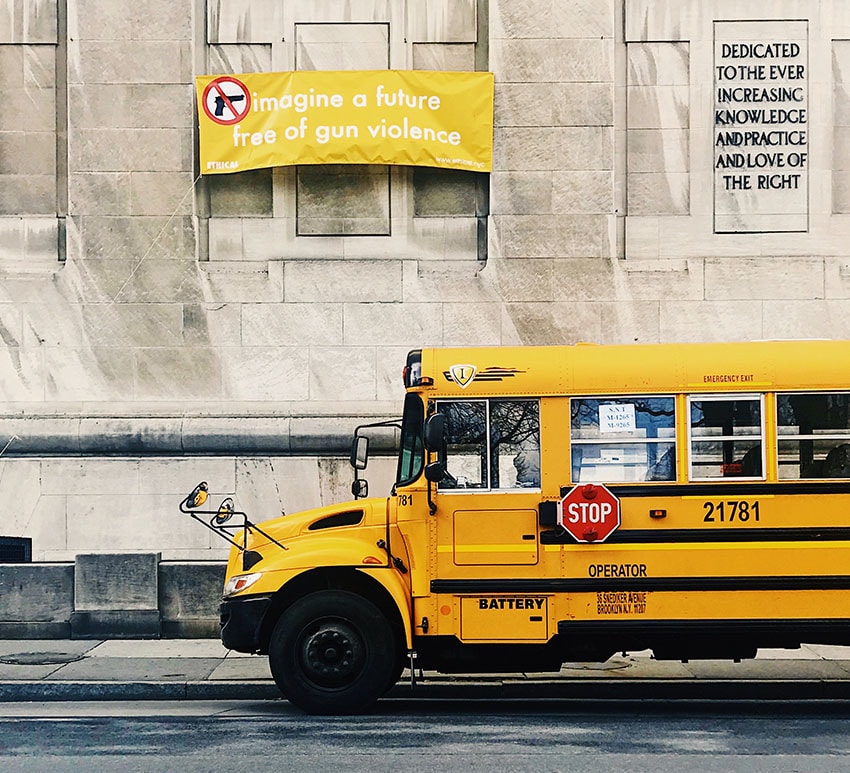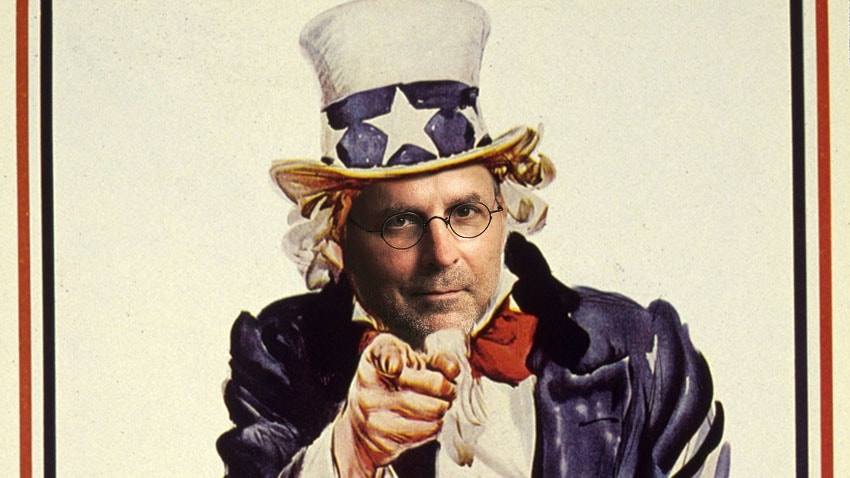Originally published in Lancaster Online on May 25th, 2018
As I walked home from the March for our Lives rally for gun control and school safety in Lancaster, Pennsylvania’s Binns Park, being one of millions of participants in the estimated 800 events worldwide, I couldn’t help but think, “Maybe…possibly…this time will be different.”
The typical reaction to school shootings has been a burst of public outrage, prayers for the victims and their families, calls for change, pushback from the NRA and then soon forgotten as the next big news story emerges.
But this feels different.
It is being lead by young people with their boundless energy, pure ideals and the fact that they know how to effectively leverage social media. And not only have they not been bought off by the NRA, many of the young leaders of the March for Our Lives movement have stared the realities of school gun violence right in the face as they have witnessed first hand, their classmates being gunned down in cold blood by weapons of war. Theirs is a generation where, since the Columbine massacre in 1999, 187,000 students have experienced a shooting on their campus (Timothy Egan, New York Times, March 31, 2018).
That’s a very powerful combination.
If this time is truly different, it’s about time. Kids don’t feel safe in their schools and the rest of us don’t feel safe in our communities.
And if this time is truly different, lawmakers and community leaders will begin to allocate resources to address not only gun control generally, but also school safety, which is the focus of this essay.
If this time is truly different, school boards and community leaders will face some very important decisions regarding how to efficiently and effectively allocate those resources to make our schools safer. And the fundamental challenge is how to strategically “harden” the outside perimeter of our schools?
To date, the dialogue surrounding this challenge has fallen into three categories.
First, arm teachers. This however, is not a credible solution as the vast majority of teachers oppose it. My sister has been a second grade teacher for 35 years. While I love her dearly, if I was the parent of one of her students’, I’d be terrified of arming her. The fact is, more guns in the classroom will result in more accidental firings and deaths.
Second, hiring, arming and training additional security guards. And, finally, “hardening” the school perimeter with more checkpoints, barriers, metal detectors, video cameras and additional safety features.
While it can be argued that the second and third measures can make schools “safer”, the larger question is whether they will make them “better”. There is no denying that a consequential byproduct of hardening school perimeters will be that their look, feel and operations will become significantly more “militarized”.
While the point is not to downplay the need to harden school perimeters, there is another part of an intelligent, strategic and sensible approach to this problem that should also be considered. What will be the impact of children being forced to learn in a more militarized environment? And what can be done to mitigate those impacts?
Effective learning is greatly impacted by the environment and school atmosphere within which teaching and learning take place. That environment must be welcoming, nurturing and joyous. Those are not terms typically associated with armed guards, checkpoints, barriers and video cameras. If we are going to “harden” our school perimeters, we have a responsibility to our children to make sure we correspondingly invest in things that will “soften” the inside of schools. We must strategically consider appropriate measures to counterbalance that increased militarization by making the learning environment within schools more nurturing and joyous.
Fortunately, we know the types of educational activities and programs that make school learning environments more welcoming, nurturing, joyous and therapeutic: music and the arts. Not only do children learn better, but teachers enjoy teaching more when surrounded by beauty, creativity and joy. Research tells us that music and the arts create a more nurturing, joyous and therapeutic learning environment.
Stated more directly, rather than placing a gun in the hands of my sister, why not place more instruments in the hands of her students?
If our schools are going to become increasingly “hardened” and “militarized” on the outside, it is important that once within that militarized perimeter, the halls and classrooms within the school are joyous places where the thoughts of fear of violence or school shootings are relegated to the back of students’ minds. In such a “locked down” environment, the arts, more than any other educational tool at our disposal, can do that.
A result of these marches will likely be that lawmakers and school leaders will find money to add security personnel and safety measures that will result in a more “militaristic, locked down” school environment. At the same time, history tells us that they won’t hesitate, if money needs to be found in existing budgets to fund new programs or when programs need to be reduced or cut in a budget crunch, funding for activities such as music, theater and the arts often suffer.
Even without taking into account the need for additional security, it is educationally sound to invest in the arts as they are essential to providing an education worthy of the 21st Century.
Due to their universal nature and clear educational benefits, music and the arts are not simply an extra-curricular or co-curricular activity but can, if used strategically and effectively serve as the “glue” that holds together the entire core curriculum. For example, music is math. Music is reading. Music is language. And music is logic. As a result, music in some form can be incorporated into virtually any subject matter or academic curriculum to enhance learning and understanding thus leading to powerful learning opportunities across disciplines.
Additionally, we must instill in students the ability to navigate our increasingly multicultural, complex and integrated world. Music, as the universal language, clearly has the capacity to reach across cultural boundaries like no other activity. Another subject that must be considered a core aspect of a 21st century education is creativity. The ability to think outside the box to address increasingly complex issues and challenges and to make new and different connections that lead to exciting discoveries and knowledge will be one of, if not the most important characteristic that students must possess to be successful in a globalized world. Music is our most effective educational tool to encourage and develop creativity. Music and the arts are also therapeutic, providing young people who feel alienated, isolated and confused within the traditional educational setting opportunities to “find themselves”. The arts offer activities and a community that makes them feel they belong as opposed to feeling like an outcast. One of the most valuable characteristics of the arts is that they are inclusive, forgiving and nurturing. It’s a place of belonging. There is tremendous value in that. I‘m no social scientist, but my guess is that many of the school shooters feel they are ostracized and outcasts.
Enhancing school safety in an age of easy access to deadly firearms in a pervasive gun culture is a complicated issue. Simply increasing investment in music and the arts in our schools will certainly not solve the problem. That said, neither will a collective knee-jerk reaction to simply further militarize schools.
If this time is truly different, significant resources to enhance school safety will very likely be coming down the pike. That being the case, it is critical that school and community leaders allocate those resources wisely. Rather than simply adding more armed guards, check points and metal detectors and then wiping our hands clean and stating our mission of making our schools “safer” accomplished, we must think outside the box to make our schools not simply safer, but better.


